Irrigation is an artificial method to provide water to plants with groundwater or nearby water sources, especially in areas without enough rainfall.
It plays a significant role in agricultural systems, helping in the growth of plants or crops, maximizing harvests, and preventing soil erosion and water waste.
Without proper irrigation, many areas would struggle to grow enough food to meet the demand, affecting food security and economic stability.
Different types of irrigation systems are used across the country based on the nature of the soil, topography, weather conditions, and water availability, as they cannot be the same in all places.
In this article, we’ve covered various types of irrigation systems, each designed to efficiently deliver water in a way that best suits the specific conditions. Choosing the right system depends on factors like soil type, land topography, the crop to be grown, and more.
Let’s discuss various irrigation systems and their advantages and disadvantages in detail.
Irrigation System In India
The irrigation system is the backbone of India’s agricultural sector, helping farmers deal with the country’s diverse climate and weather conditions.
With temperatures ranging from extreme heat to freezing cold and rainfall patterns that vary widely, irrigation systems become essential in ensuring proper crop production.
Different irrigation methods are used across India based on its geographical patterns and climatic conditions.
Traditional methods, such as canal, well, and tube well irrigation, are commonly used in North India, while tank irrigation is more common in South India.
Farmers are now focusing on advanced irrigation systems due to innovations and technology in irrigation systems.
Types Of Irrigation Systems
1)- Surface Irrigation System
It is the oldest and simplest irrigation method, known as gravity irrigation. It uses gravity to move water across the soil surface, requiring no advanced technology or equipment.
Farmers guide water through canals, furrows, basins, or small dams. This method works best on sloped land, allowing water to flow naturally downward. Surface irrigation systems perform 84% of irrigation processes worldwide.
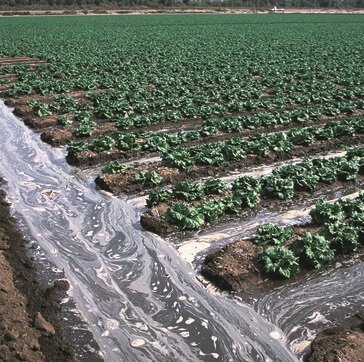
Advantages
- Low cost
- No need for any device
- There is no need for maintenance.
Disadvantages
- Water use efficiency is low.
- Contribute to greenhouse effects
- Leaching of fertilizers and increased pollution
- It causes waterlogging.
It is divided into three parts.
a) Basin Irrigation
Basin irrigation is a type of surface irrigation. It is used for small fields divided into checks or basins. If the field surface is the same in all directions, it is closed by a bound to stop water in the field.
It works well in areas where water does not soak in quickly. Basin irrigation is suitable for deep-rooted crops such as paddy, tobacco, and maize.
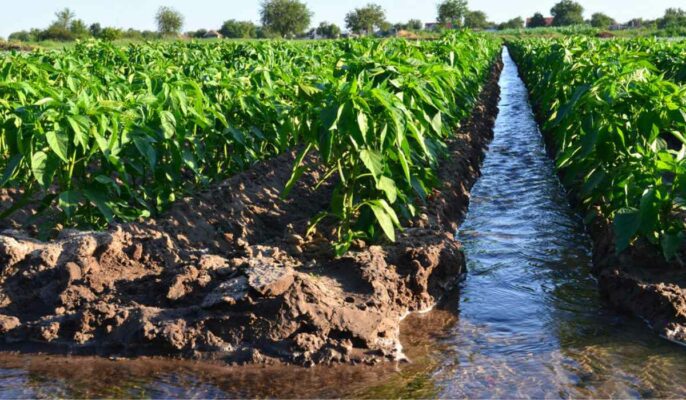
Advantages
- Time-efficient and less investment
- Used for multiple crops at a time
- The irrigation schedule can be customized.
Disadvantages
- During construction, it is cost-intensive.
- Uneven water distribution: some areas can be overwatered, and some will be underwatered.
- Improper development of the basin is the cause of soil erosion.
b) Furrow Irrigation
Furrow irrigation uses small channels (called furrows) to carry water along the natural slope of land between crop rows. They help avoid flooding the entire field and allow water to flow in a set direction.
It can be useful for many crops, especially row crops such as potatoes, cotton, sugarcane, and vegetables.
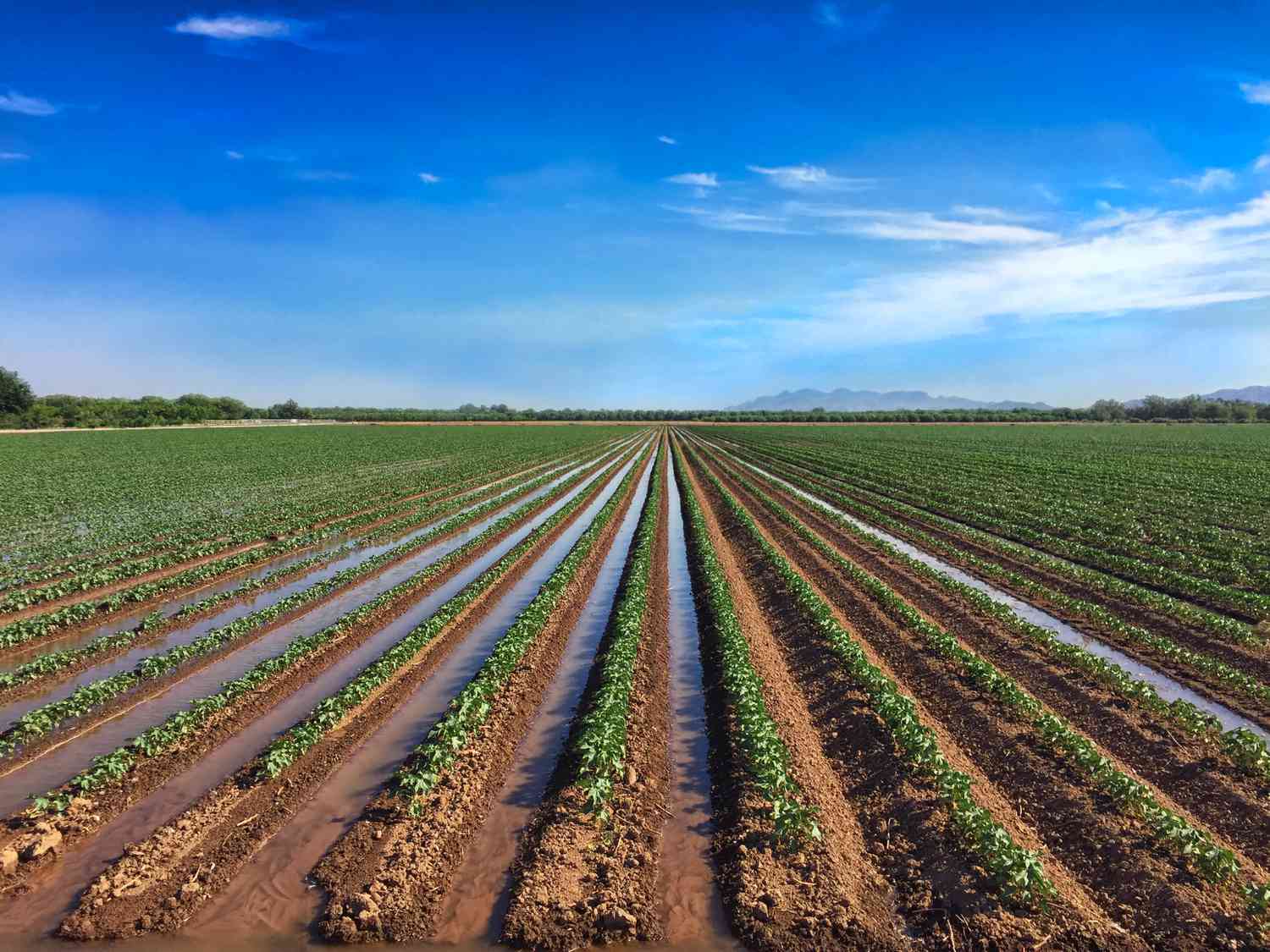
Advantages
- Time-efficient and low-investment method
- Reduce chemical leaching
- A proper furrow irrigation process ensures higher crop yields.
Disadvantages
- Not suitable for sandy soil
- Increase salinity in the field; plough a field for each new crop.
- Initial labour cost is high, and shifting equipment is difficult.
- Not suitable for all crops
c) Border Irrigation
Border irrigation is a method of controlling surface flooding. Here, the field is usually wide, rectangular, or sloped away from the water surface.
In this method, the field is divided into strips separated by border ridges. Water flows down each strip instead of spreading across the whole field.
During irrigation, the area between border ridges is filled with water. The border here guides the water flow as it moves down the slope.
Border irrigation suits close-growing crops like alfalfa, row crops, and trees.
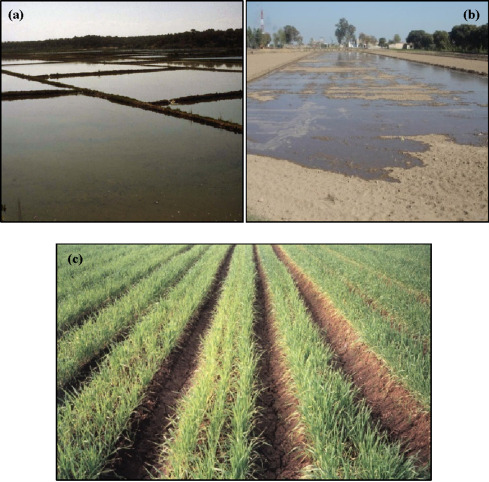
Advantages
- Good efficiency
- Low labour requirement
- Strips widths are constructed by machinery.
Disadvantages
- It requires smooth topography and smooth soil for adequate levelling.
- High cost for levelling
- It can damage the growing crops.
- Light irrigation is difficult to apply.
2)- Sub-Surface Irrigation
It is an advanced technology that uses a series of underground pipes with devices and emitters to irrigate plant roots. The pipes, installed under the soil surface, deliver water directly into the soil, preventing airborne drift and minimizing runoff.
This process helps grow high-value, expensive crops.
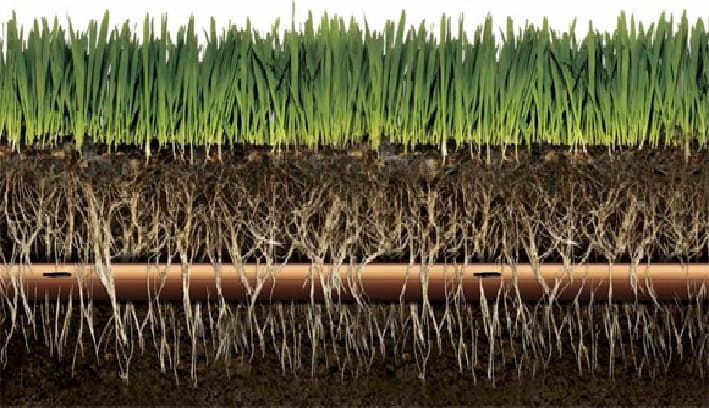
Advantages
- Less cost for maintenance
- Less labour cost
- It is highly efficient because water does not evaporate.
Disadvantages
- High installation cost
- Small pipes can be damaged by machinery or clogged by plant roots.
Sub-surface irrigation is divided into two types. These are
a) Natural Irrigation
Underground irrigation occurs naturally without any additional effort. When the groundwater level is high, plant roots consume it.
b) Artificial Irrigation
It is a series of open-joint pipes under the field’s soil. Water flows under pressure in these pipes and out through open joints.
3)- Micro Irrigation (Localized Irrigation)
In micro-irrigation (localized irrigation), small devices water the plants. This method directly sends water to the plant’s root zone or below the soil. It uses a network of pipes and small outlets to deliver water under low pressure. The water can be sprayed, misted, sprinkled, or dripped close to the plants.
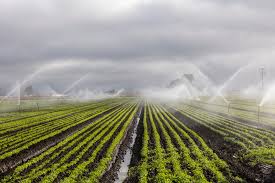
Advantages
- Water applied directly in the root zone helps improve water efficiency and crop productivity.
- Water is applied only in needed places, so it prevents weed growth.
- It easily adapts to suit crop types and soil conditions.
- Suitable for small-scale gardens and large agricultural fields.
Disadvantages
- The cost of equipment and installation is high.
- Needs to be high maintenance and have a complex installation process
- Animals and machinery can easily damage it.
Micro-irrigation is divided into two types. These are
a) Drip Irrigation
Drip irrigation is trickling irrigation, a type of micro-irrigation. It delivers water slowly and directly to the roots of plants, drop by drop. It is also suitable for any farmable slope and soil.
Drip irrigation helps with water and nutrient conservation. It suits vegetables, commercial crops (sugarcane, cotton), flower plants, oilseeds, and spices.
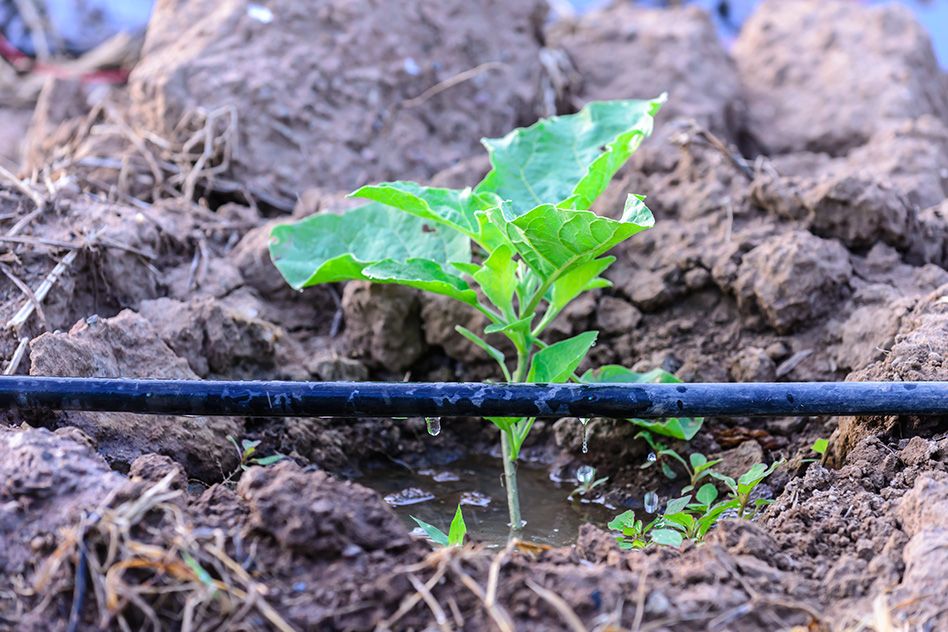
Advantages
- Water-efficient method, with higher productivity and quality
- Reduces evaporation and prevents water runoff
- Suitable for all types of soil
- Easy to apply nutrients in plants (fertigation and chemigation)
Disadvantages
- The initial process cost is high.
- Unfiltered water may cause clogging in pipes.
- Due to sunlight heat, tubes can be broken.
b) Micro-Sprinkler Irrigation
The micro-sprinkler irrigation process propagates water through a pipe pressurized by a pump. The system is separated by sprinklers, which throw water drops like rainfall.
A micro-sprinkler irrigation system helps to use the exact amount of water needed for plants.
It suits row crops (vegetables, soft fruits), trees, and high-value crops (medicine plants, herb plants, spices).
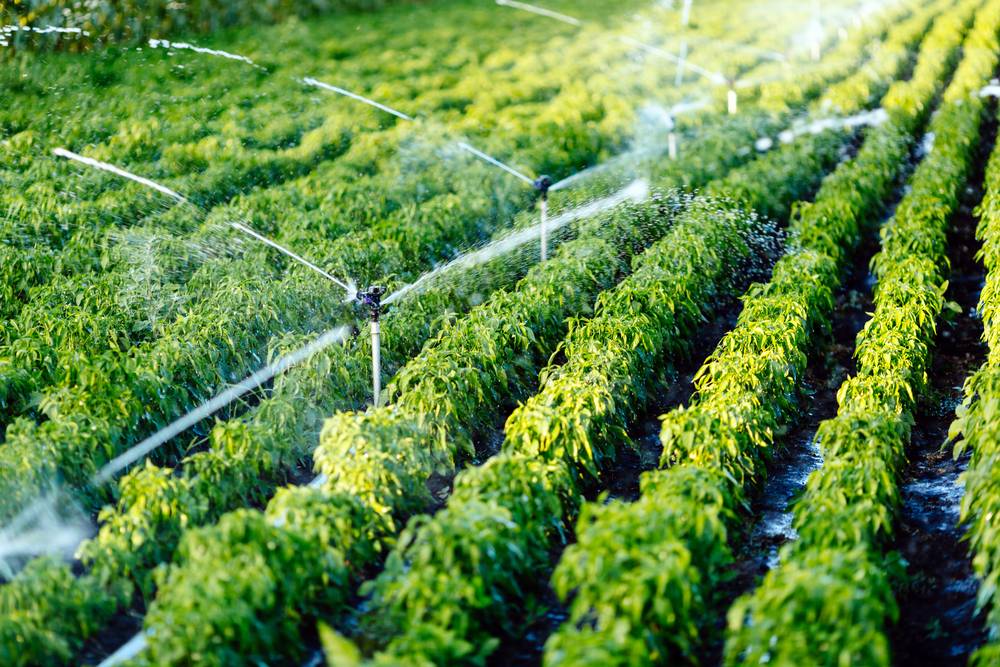
Advantages
- Suitable for all types of soil
- Help to conserve water
- Low labour costs help to achieve high production.
- Suitable for different land areas
Disadvantages
- Affected by climatic conditions, a vaporization process occurs during high-temperature
- It needs clean water to operate.
- Installation cost is higher compared with other
- Need high energy
4)- Sprinkler Irrigation System
A series of pipes with nozzles sprays tiny water drops on the crops as a moving platform. A pump takes water from the source and creates high pressure, then water comes out through nozzles and sprays water drops like rainwater on a specific land area.
It suits row crops, field crops, and tree crops. Sprinkler irrigation helps cover large areas evenly, making it great for many types of fields.
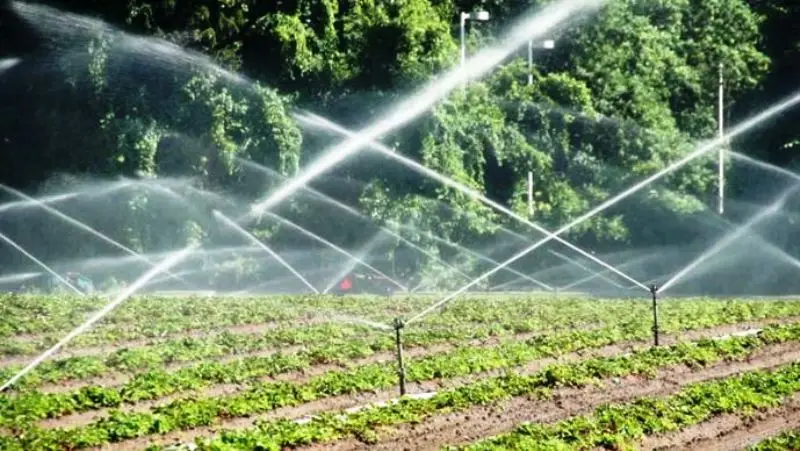
Advantages
- Mostly used on uneven topographical areas
- It helps cool plants in summer and protects them from frost during winter.
- Reduce the need for several labourers.
Disadvantages
- Need technical knowledge to operate this system.
- Installation and maintenance costs are high and unsuitable for heavy irrigation processes.
- The high evaporation process can increase the salinity in the soil.
- It is influenced by wind, which affects velocity and direction.
Other Types Of Irrigation Systems
1)- Centre Pivot Irrigation System
Central pivot irrigation systems use steel or aluminum pipes with sprinklers attached along their lengths. The system rotates around a central point called the ‘pivot point.’
The sprinklers are connected to the outlets along the length of the pipeline. When it rotates, the sprinkler irrigates the crops uniformly.
This method is ideal for large fields and works well for vegetable crops, commercial crops, and more traditional field crops.
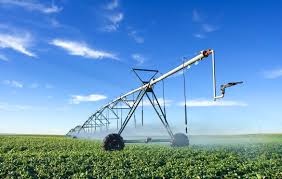
Advantages
- Irrigate the field uniformly for efficient use of water.
- Reduce the need for human labour
- Operating with low pressure consumes less energy.
Disadvantages
- Installation costs and maintenance costs are high.
- Not suitable for rectangular or square fields
- It is not ideal for uneven topographic places.
- In windy conditions, it is not suitable.
2)- Surge Irrigation System
Surge irrigation systems are furrow irrigation systems that release water along the furrows at predetermined intervals.
This technique applies intermittently rather than with a continuous stream, as in conventional surface irrigation. It suits cotton crops, maize crops, capsicum and wheat crops.
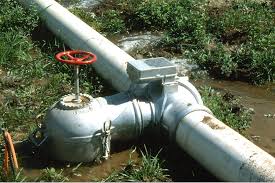
Advantages
- Low costs are due to reduced water quantity.
- Reduce sediment loss
Disadvantages
- During the releveling process, it needs to be redesigned.
3)- Terraced Irrigation System
The terraced irrigation system is an ancient agricultural practice used in mountainous areas.
The lands are cut in steps, and water flows from the top of the slope to the bottom when rain occurs. This system helps prevent nutrients from entering the soil for a long time.
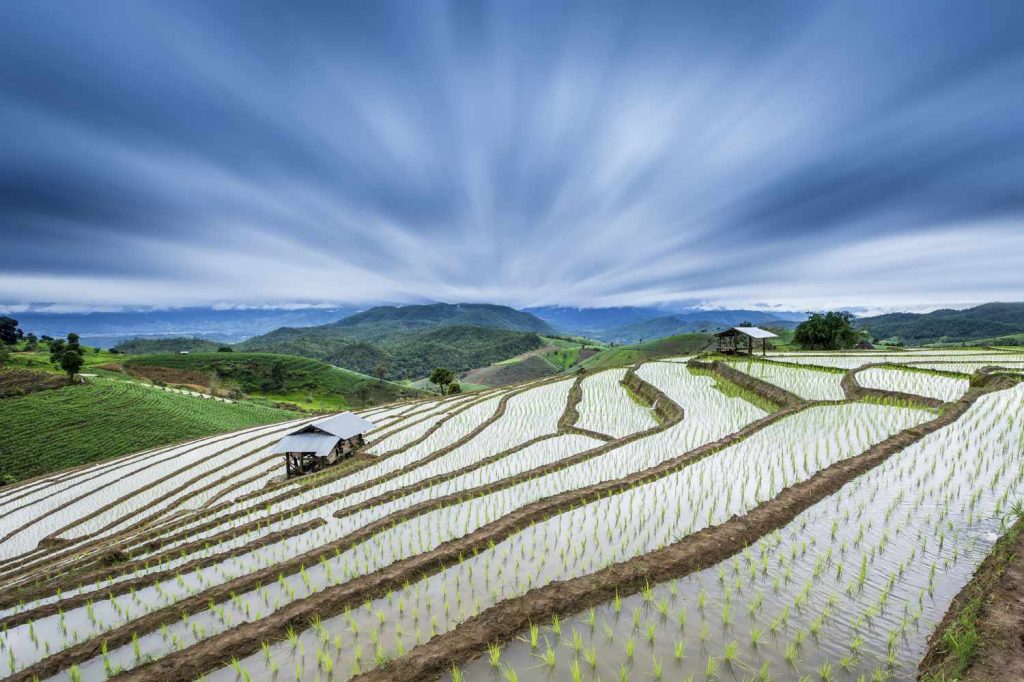
Advantages
- Prevents water runoff and landslides
- Help to improve soil fertility
- It converts a sloped hilly area into farmland
- It creates a microclimate (generates their climatic conditions) beneficial for some crops.
Disadvantages
- Requires more labour and time due to topographical conditions are challenging for large machines.
- Regular maintenance is required to prevent landslides, soil erosion, and breaches.
- Gets impacted by weather conditions like heavy rainfall and natural disasters.
- Improper management can lead to waterlogging
4)- Ditch Irrigation System
The ditch irrigation system is a traditional system where water is guided to fields through channels or ditches that are dug by hand or with machines.
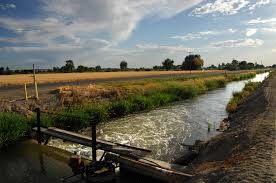
The water comes from a nearby river, canal, or other source and flows through the ditches to reach the crops. The water then spreads across the field to keep the crops hydrated.
Factors To Consider When Choosing An Irrigation System
1)- Soil Type
The soil type affects irrigation systems and can increase irrigation run times. Sandy soils need a frequent water supply but tightened soil absorbs moisture for a long time.
2)- Land Topography
The benefits of irrigation systems also depend upon the working model for the topographic region.
For example, Mountain or hilly areas present challenges for irrigation systems, and drip irrigation systems are the best option for these regions.
3)- Local Weather Patterns
Some irrigation systems are affected by weather patterns. For example, sprinkler methods are less desirable in highly windy areas, as they affect the velocity and direction of the water.
4)- Type Of Crops Grown
Common crops do not require a large irrigation system investment. Sprinkler and drip systems may be used for valued crops such as herbs, spices, and specific fruits.
5)- Water Quality
All irrigation systems need some type of filtration. The water used for irrigation should be tested for water-borne pathogens.
Depending on crop growth and irrigation methods, chlorine injection is sometimes required.
Smart Irrigation Systems
Irrigation systems have come a long way in improving how we manage water for farming. With the help of smart irrigation systems, agricultural processes have been revolutionised.
These systems use AI-based Smart sensors and IoT-based technologies to help farmers address soil moisture, weather conditions, the need for the exact amount of water during growth, and more.
With features like remote monitoring, leak detection, and timely alerts, they reduce waste and enhance crop health. This not only helps save water but also makes farming more efficient.
Among smart solutions, solar irrigation system is also emerging as a cost-effective and eco-friendly method, helping farmers harness solar energy for efficient water delivery and reduced operational costs.
With the growing focus on sustainability, these smart irrigation systems will become more important in future, helping farmers use fewer resources while increasing efficiency and crop yield.
Read More About: Types Of Irrigation Water Pumps



0 Comments